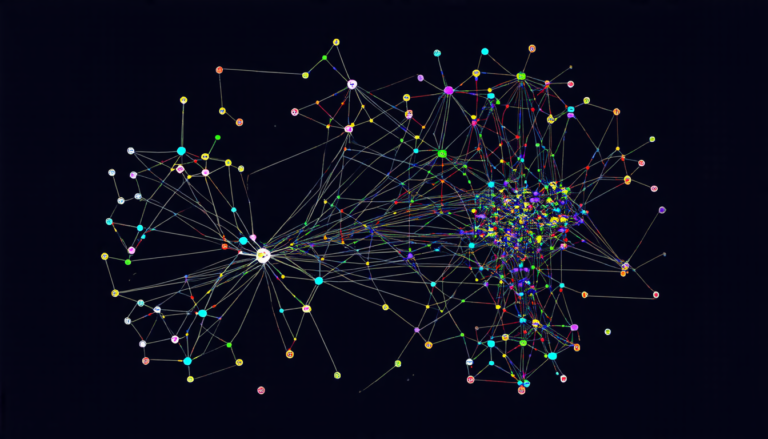Saturday 19 July 2025
The quest for a perfect video quality metric has been ongoing for years, with researchers trying to develop a system that can accurately measure the quality of a video based on various factors such as compression, transmission, and rendering errors. In a recent paper, scientists have made significant progress in this area by introducing a new metric called CGVQM (Computer Graphics Video Quality Metric).
The problem with current video quality metrics is that they are often designed to tackle specific types of distortions, but modern rendering algorithms introduce complex distortions that these metrics struggle to handle. The researchers behind CGVQM aimed to address this issue by creating a dataset containing videos distorted by various rendering techniques, including neural supersampling, novel-view synthesis, path tracing, and more.
The team collected a vast number of video sequences with different types of content, motion, colors, and textures. They then applied various distortions to these videos, resulting in a dataset that covers a wide range of scenarios. This dataset is unique in that it includes errors that are adaptive to rendering parameters, unlike traditional distortions.
To evaluate the performance of CGVQM, the researchers tested its ability to predict human ratings on their dataset. The results were impressive, with CGVQM showing high correlation with human perception and outperforming existing metrics in many cases. The team also experimented with different 3D convolutional neural network (CNN) architectures and found that certain types of CNNs performed better than others.
One of the key advantages of CGVQM is its ability to generate both per-pixel error maps and global quality scores. This makes it a versatile tool for video compression, streaming, and rendering applications. The metric can be used to optimize compression algorithms, stream protocols, and rendering techniques to ensure that viewers experience the highest possible quality under varying network conditions and device constraints.
The paper also presents additional results on the performance of different 3D-CNN architectures on video quality datasets. These experiments demonstrate the effectiveness of certain CNNs in predicting video quality and provide insights into the importance of pre-training and calibration for optimal performance.
In summary, the introduction of CGVQM represents a significant step forward in the development of video quality metrics. The metric’s ability to handle complex distortions and generate both local and global quality scores makes it a valuable tool for various applications. As research continues to advance in this area, we can expect even more sophisticated video quality metrics that will help ensure a better viewing experience for consumers.
Cite this article: “Introducing CGVQM: A Revolutionary Video Quality Metric”, The Science Archive, 2025.
Video Quality Metric, Computer Graphics, Rendering Algorithms, Neural Networks, Video Compression, Streaming, Per-Pixel Error Maps, Global Quality Scores, 3D Convolutional Neural Network, Human Perception







